Description
Fluorite, Wulfenite and Mimetite have hardness of 4, 2½ – 3, and 3½ – 4, and a specific gravity of 3.175 – 3.56, 6.5 – 7.5, and 7.24, respectively. The Fluorite is visible as the green and purple, while the Wulfenite and Mimetite are both the red and yellow spots.
According to Mindat, Fluorite was “named in 1797 by Carlo Antonio Galeani Napione from the Latin, fluere = ‘to flow’ (for its use as a flux). The term fluorescence is derived from fluorite, which will often markedly exhibit this effect. The element fluorine also derives its name from fluorite, a major source of the element.” Meanwhile, Wulfenite was “renamed in 1845 by Wilhelm Karl von Haidinger in honor of Franz Xaver Freiherr von Wulfen, a botanist, mineralogist, alpinist and a member of the Order of the Society of Jesus (Jesuit). Wulfen authored a monograph on the lead ores of Bleiberg, Austria. This mineral was originally named ‘plumbum spatosum flavo-rubrum, ex Annaberg, Austria’ in 1772 by Ignaz von Born. In 1781, Joseph Franz Edler von Jacquin called the mineral ‘Kärntherischer bleispath’. Other names were later proposed” and Mimetite was “amed in 1835 by François Sulpice Beudant from the Greek μϊμητής for ‘imitator,’ in allusion to its resemblance to pyromorphite.”
WebMineral shows an analysis of a Wulfenite specimen to contain around 56% Lead, 26% Molybdenum, and 18% Oxygen, and an analysis of Mimetite shows it to contain nearly 70% Lead, 15% Arsenic, 13% Oxygen, and 2% Chlorine, so this specimen could make for a great sample for element collectors looking to get Lead, Molybdenum, Arsenic, Oxygen or Chlorine, but it’d also make for a great sample for Calcium and Fluorine, as well, as its major constituent, Fluorite, is 51% and 49% Calcium and Fluorine. Quite the mix of elements in this small little rock!
All three minerals are found all over the world in a couple thousand recorded localities, and probably even more that have yet to be recorded. Fluorite is found in “hydrothermal veins; cavities in sedimentary rocks; as a cementing material in sandstones; as hot springs deposits”, while Wulfenite is a “secondary mineral in (the) weathering zone of lead deposits”, and Mimetite is found as “a secondary mineral in the oxidized zones of lead mineral deposits, and in other settings where lead and arsenic occur together.” So, if you just so happen to be hiking around any of those geologic settings, be sure to keep your eyes out for a rock like this and you’ll now be able to identify these three incredible minerals!


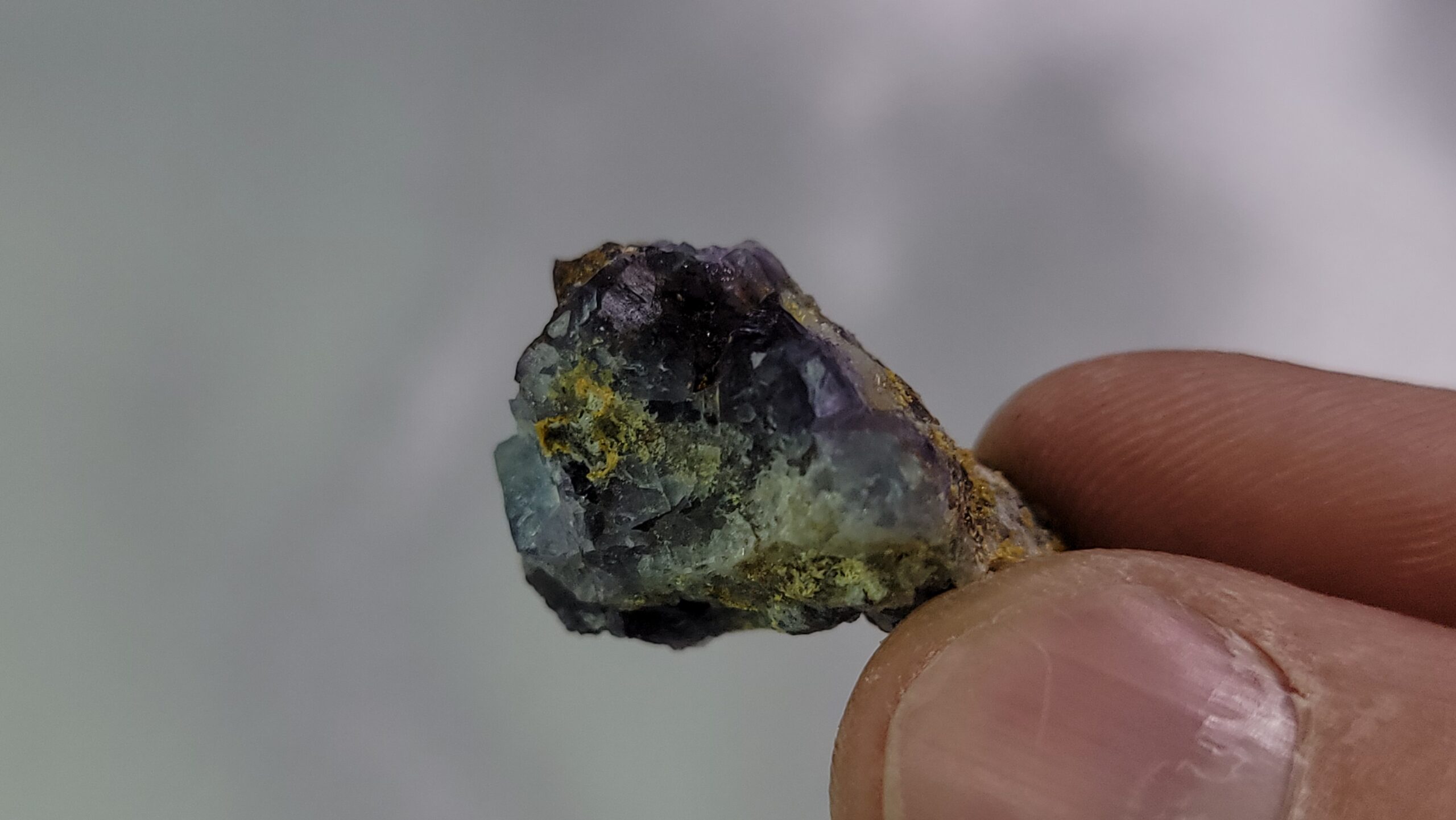
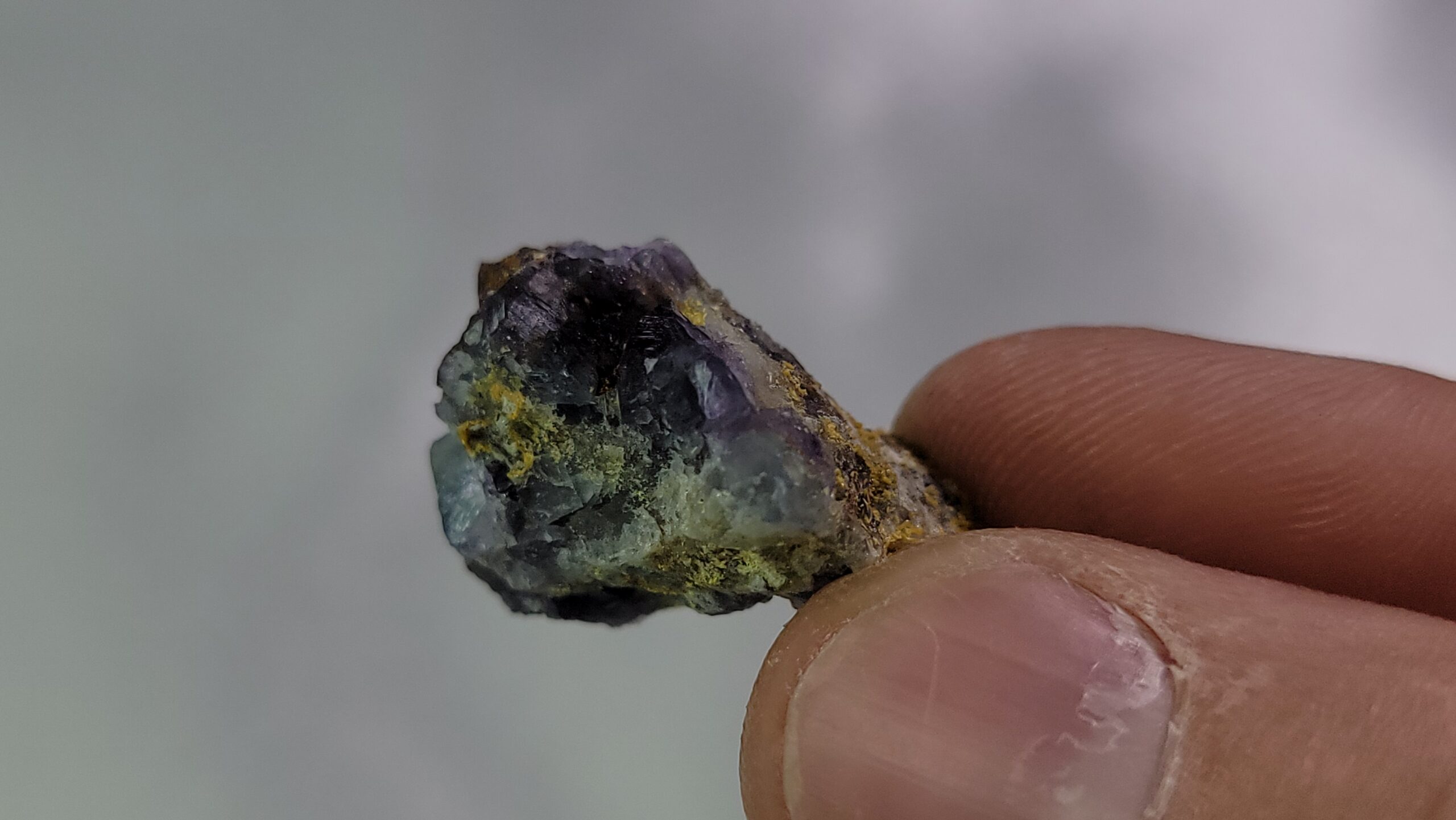

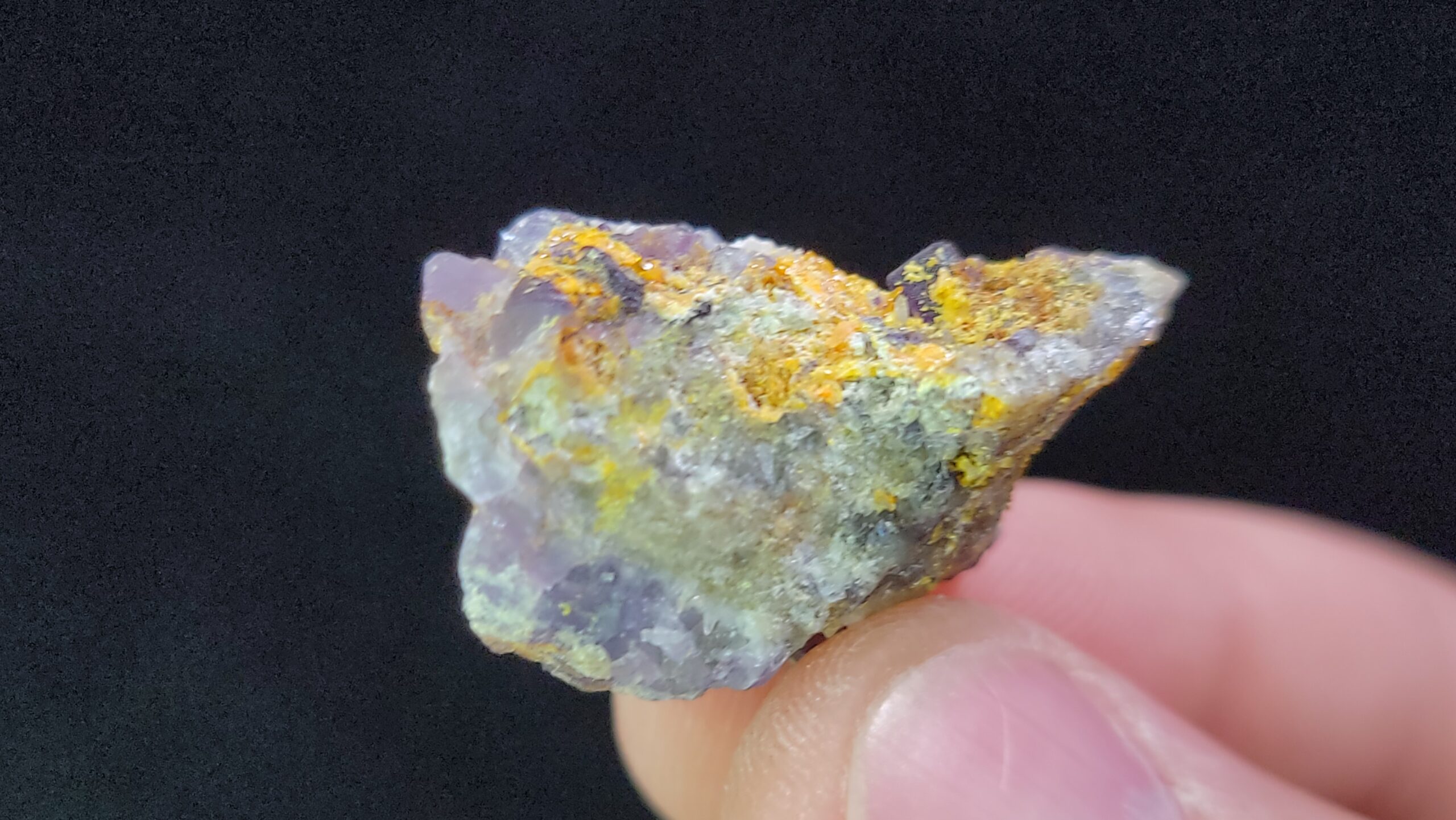
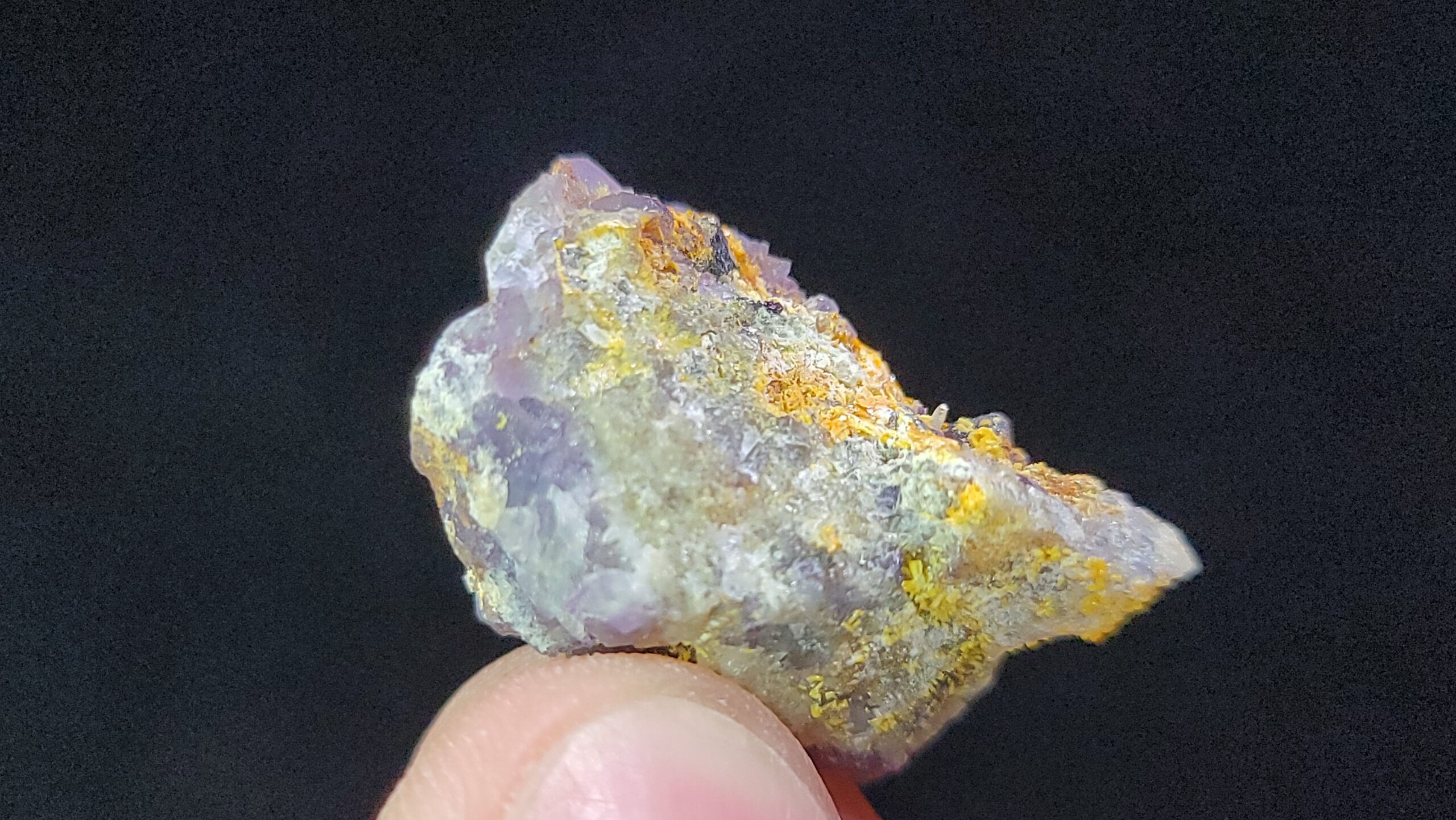

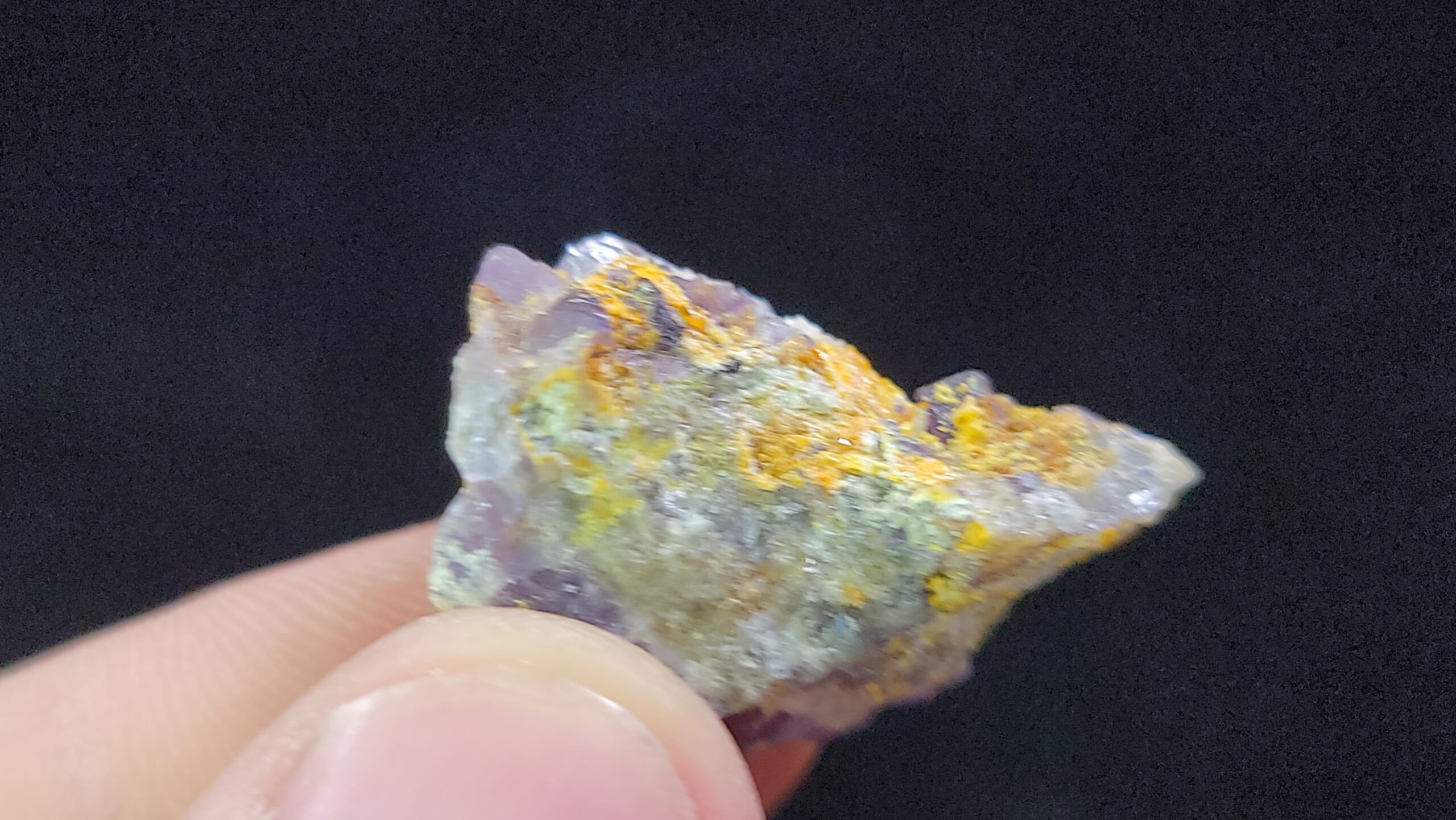
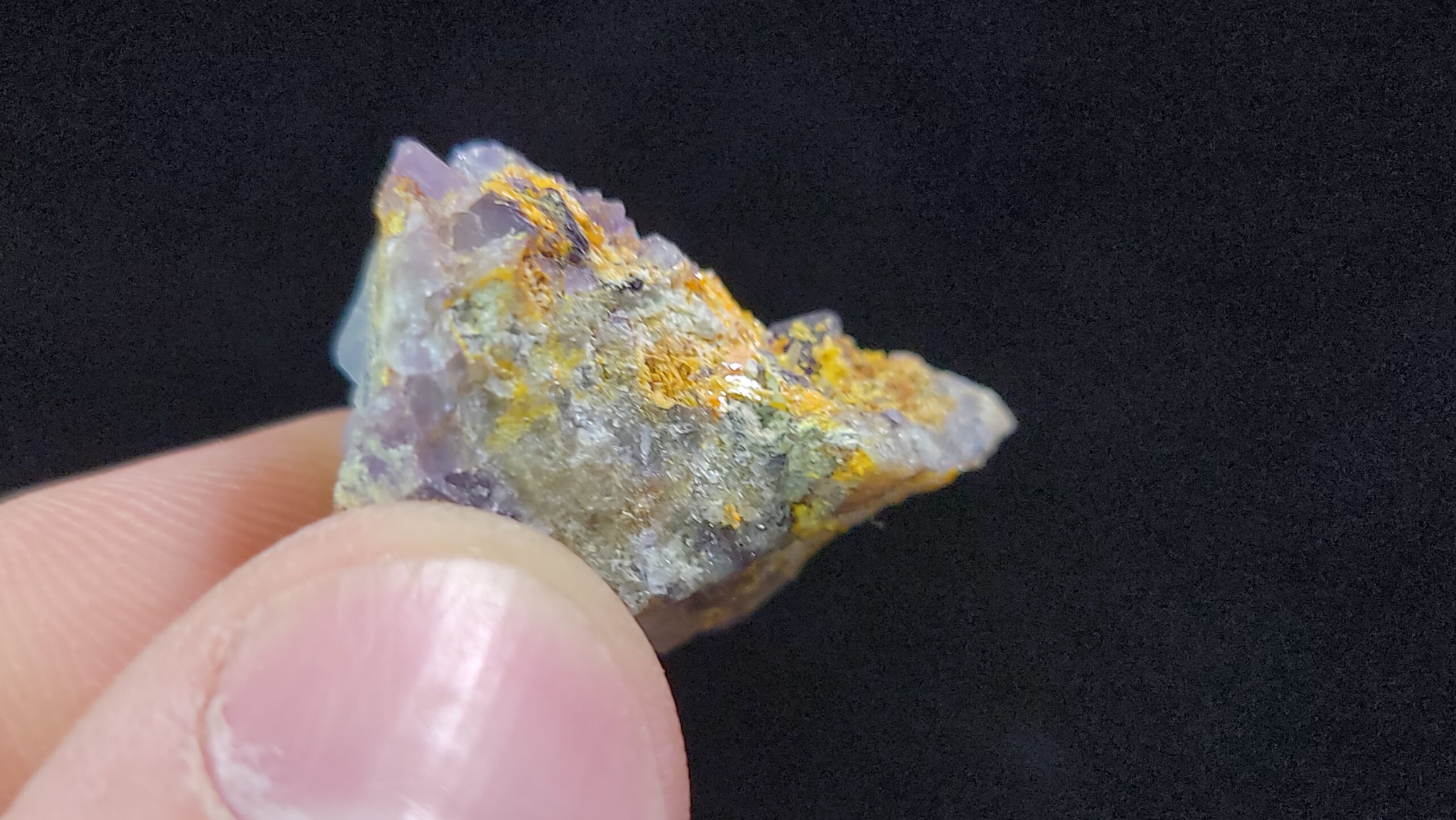
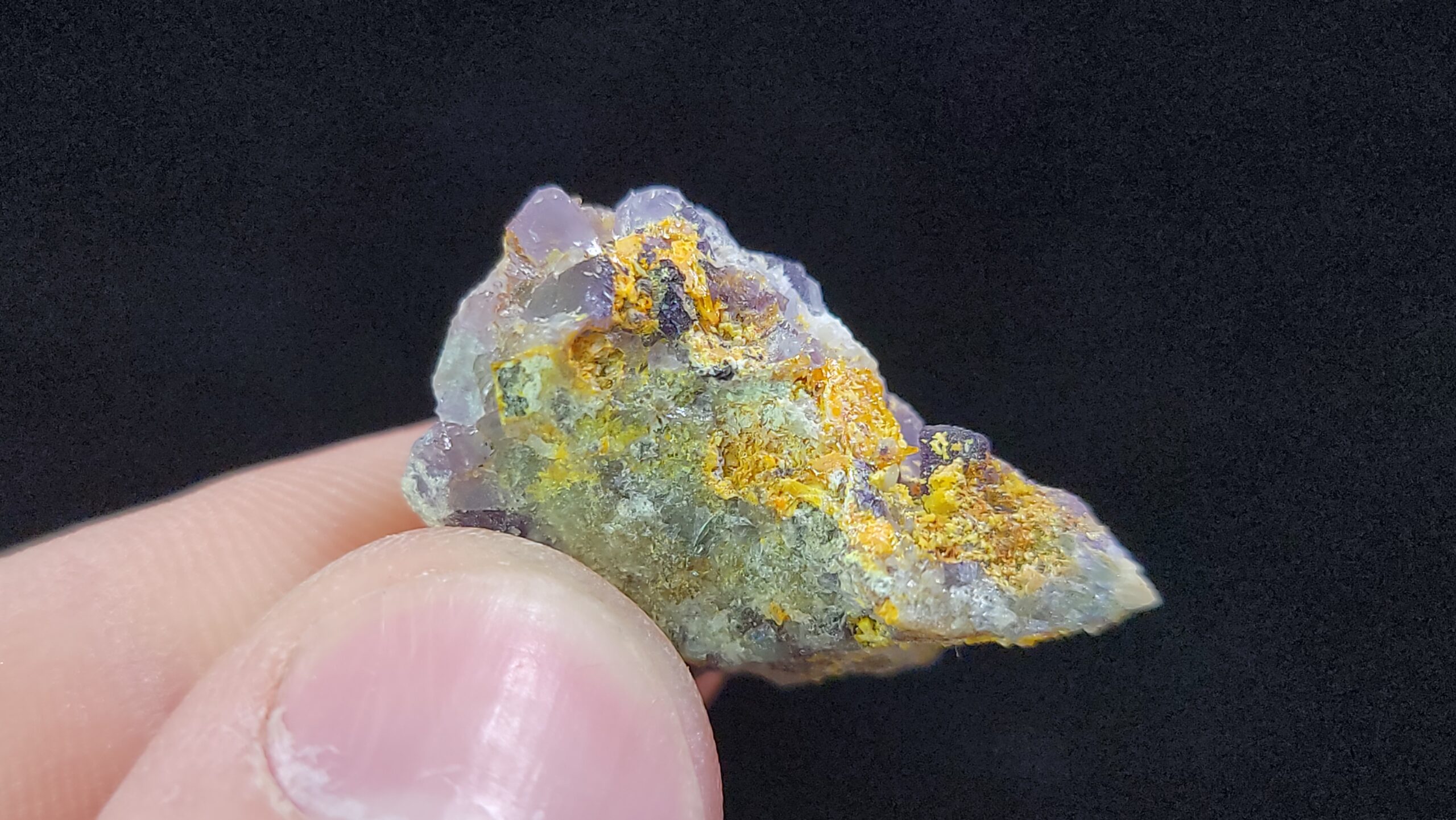


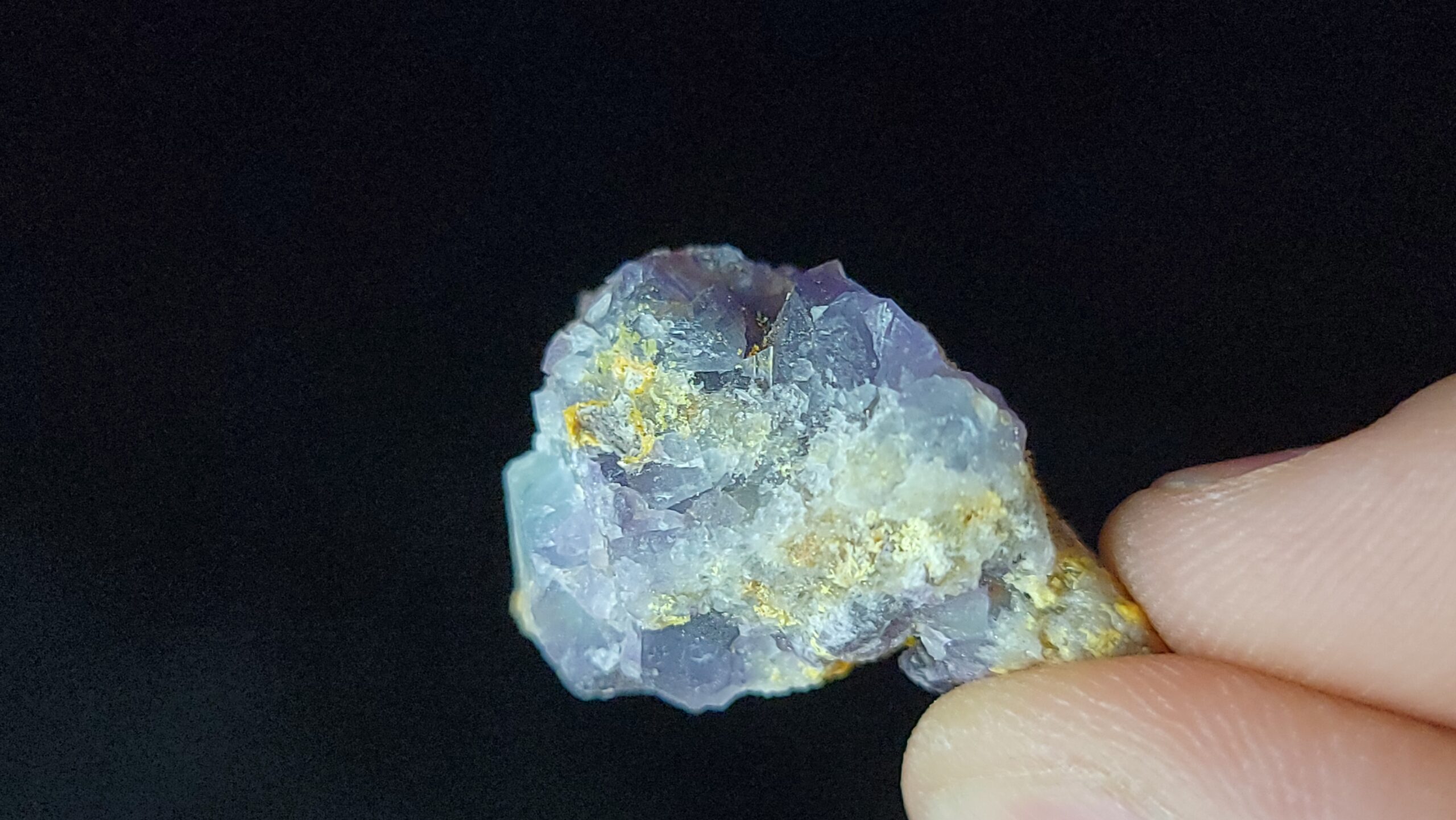
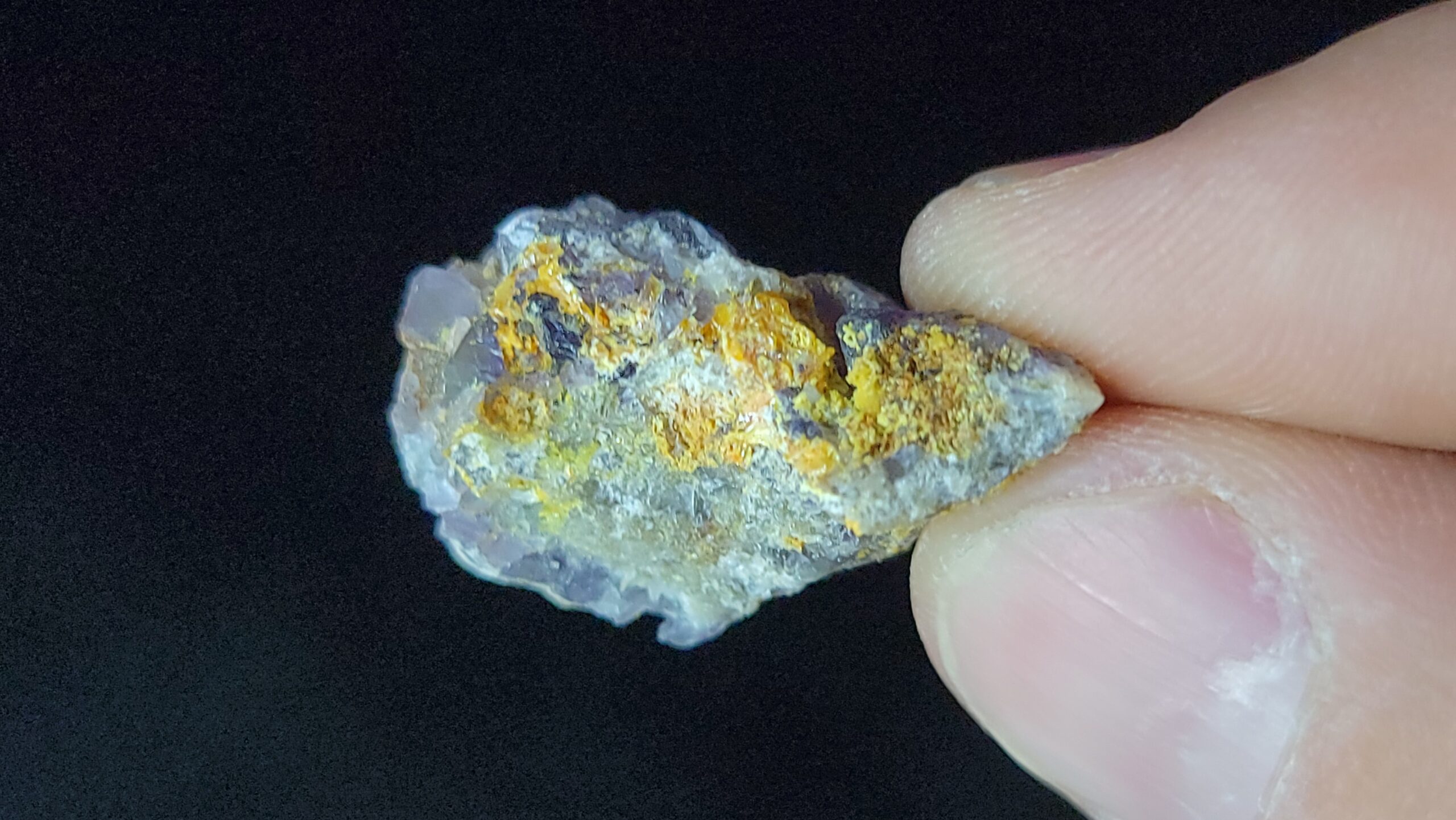






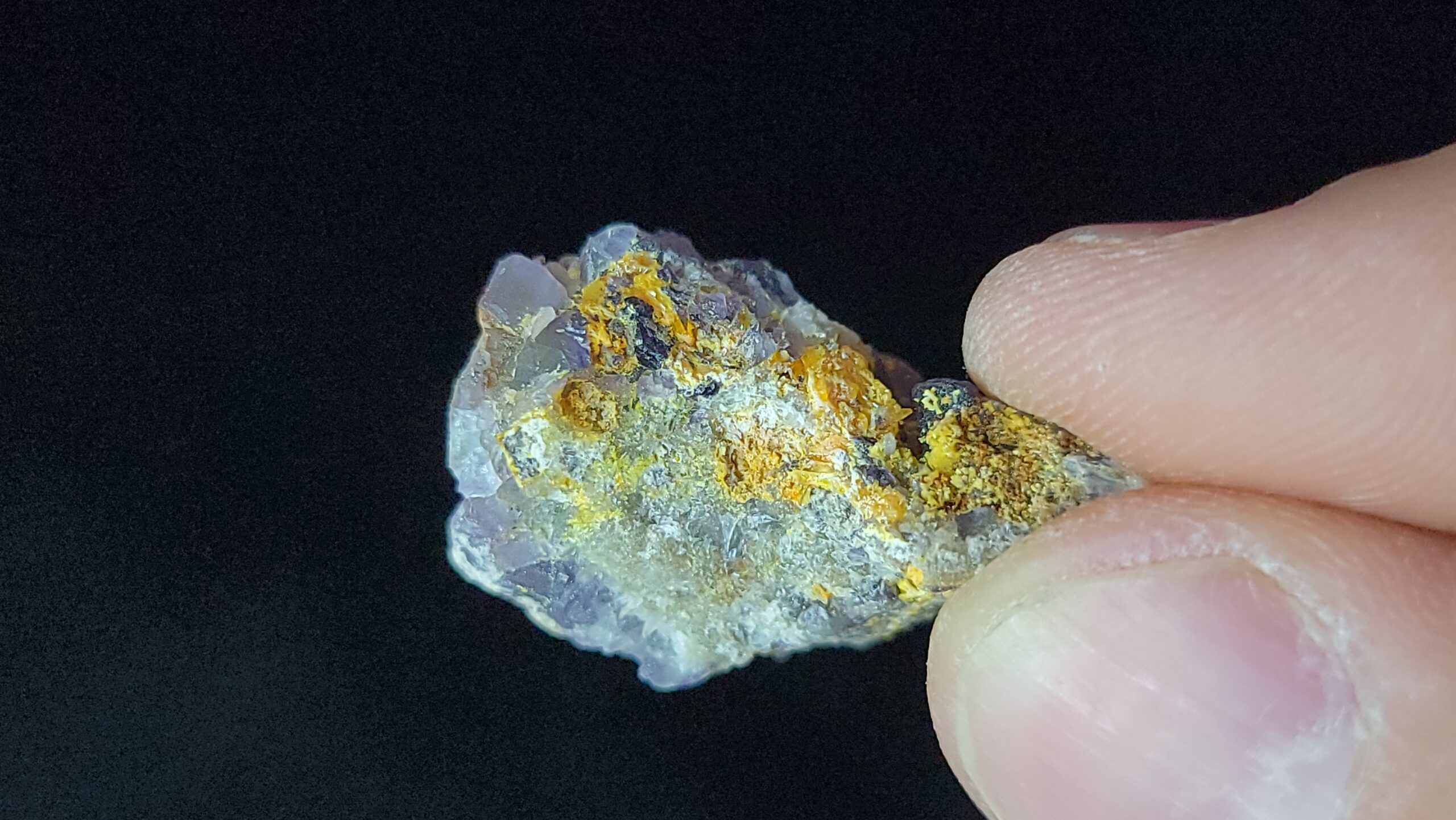


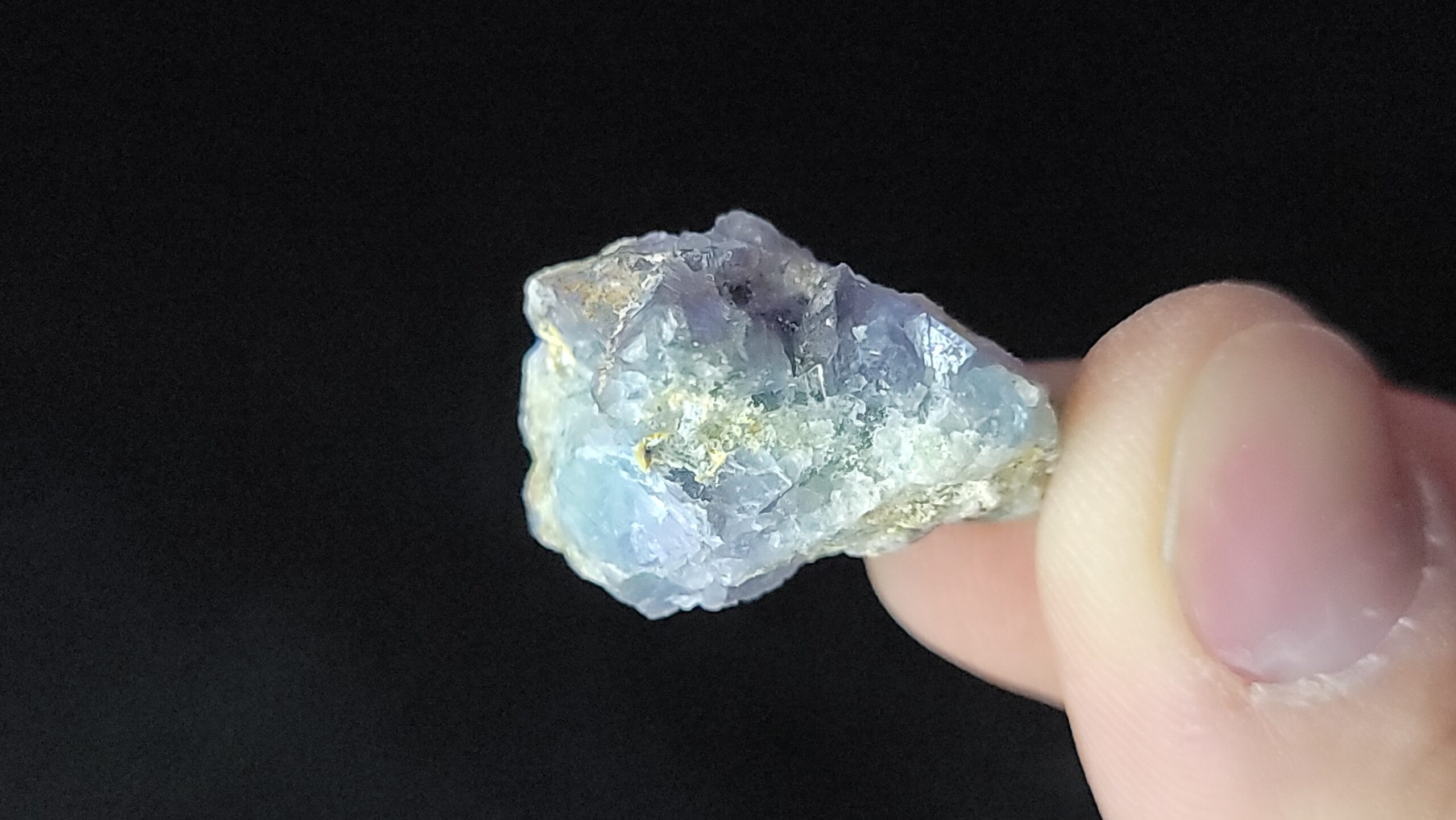

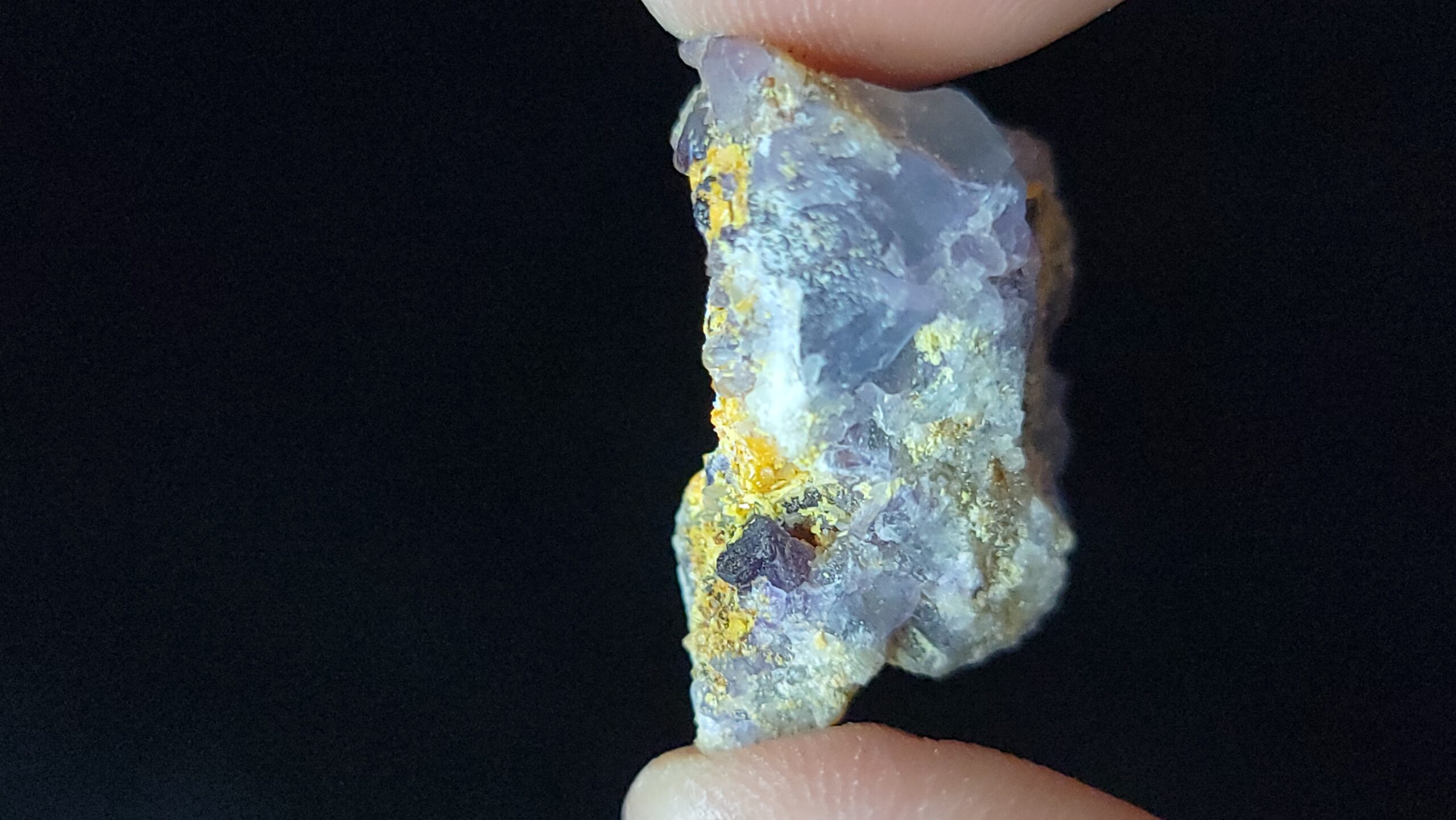
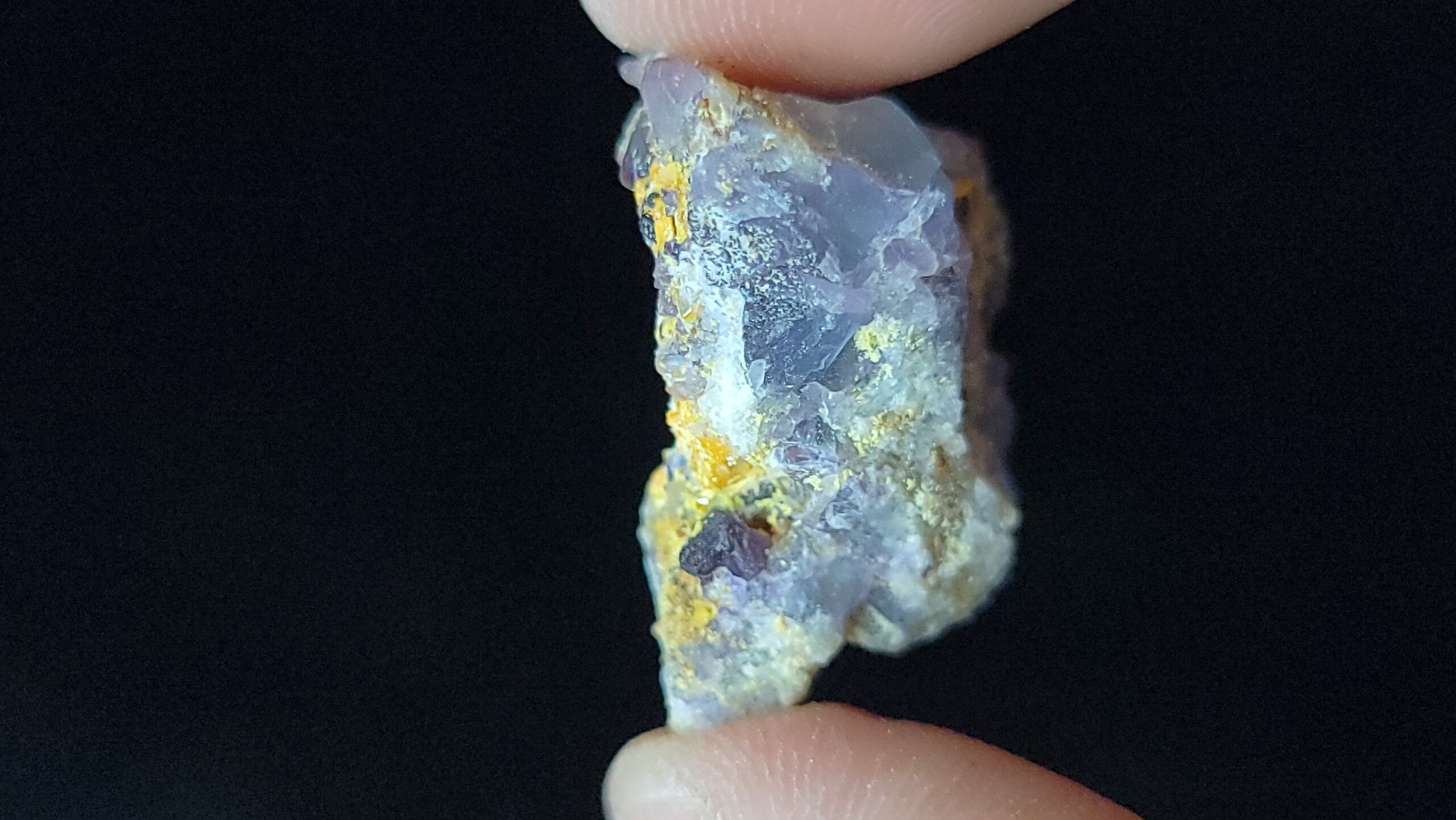

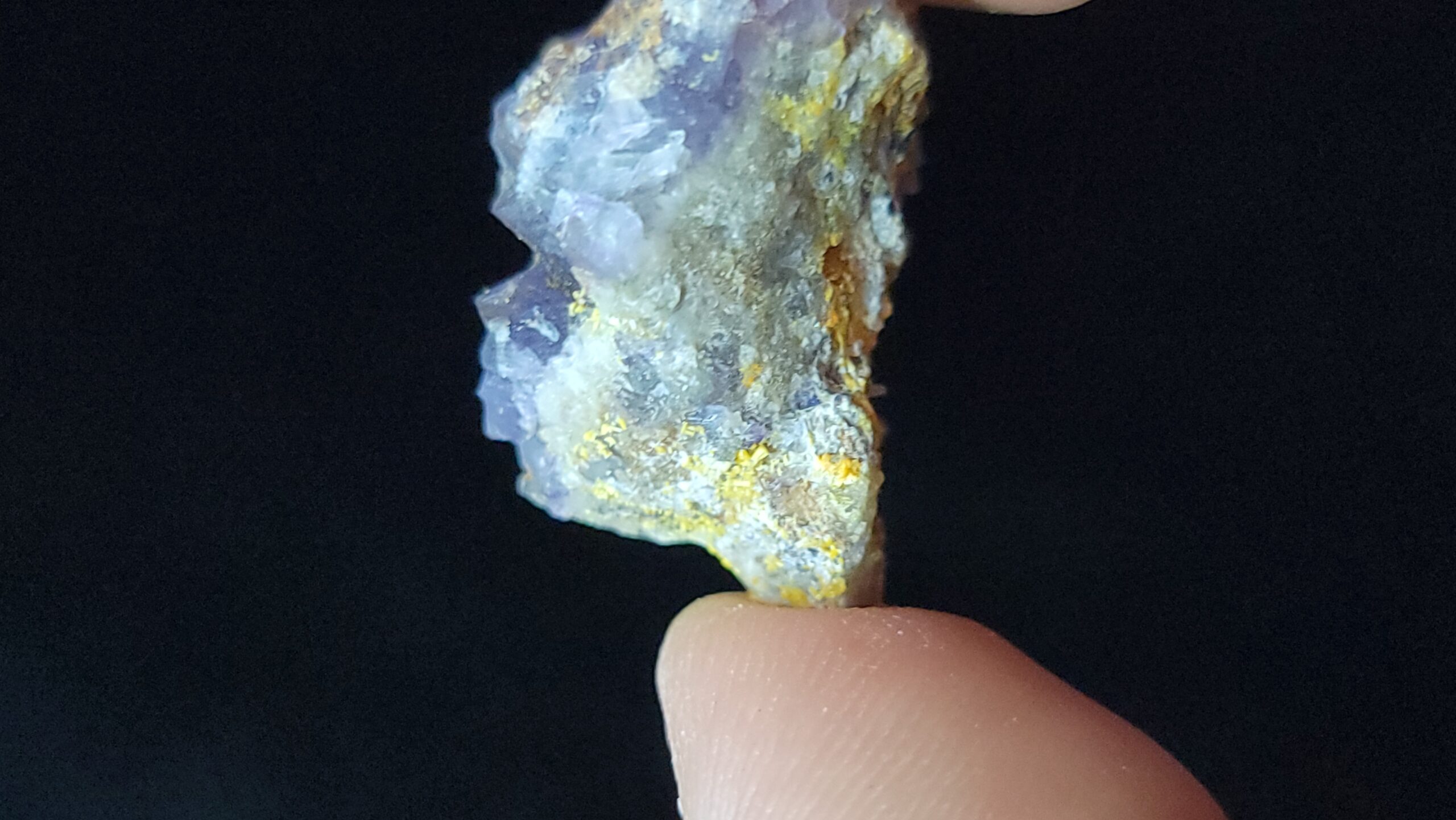
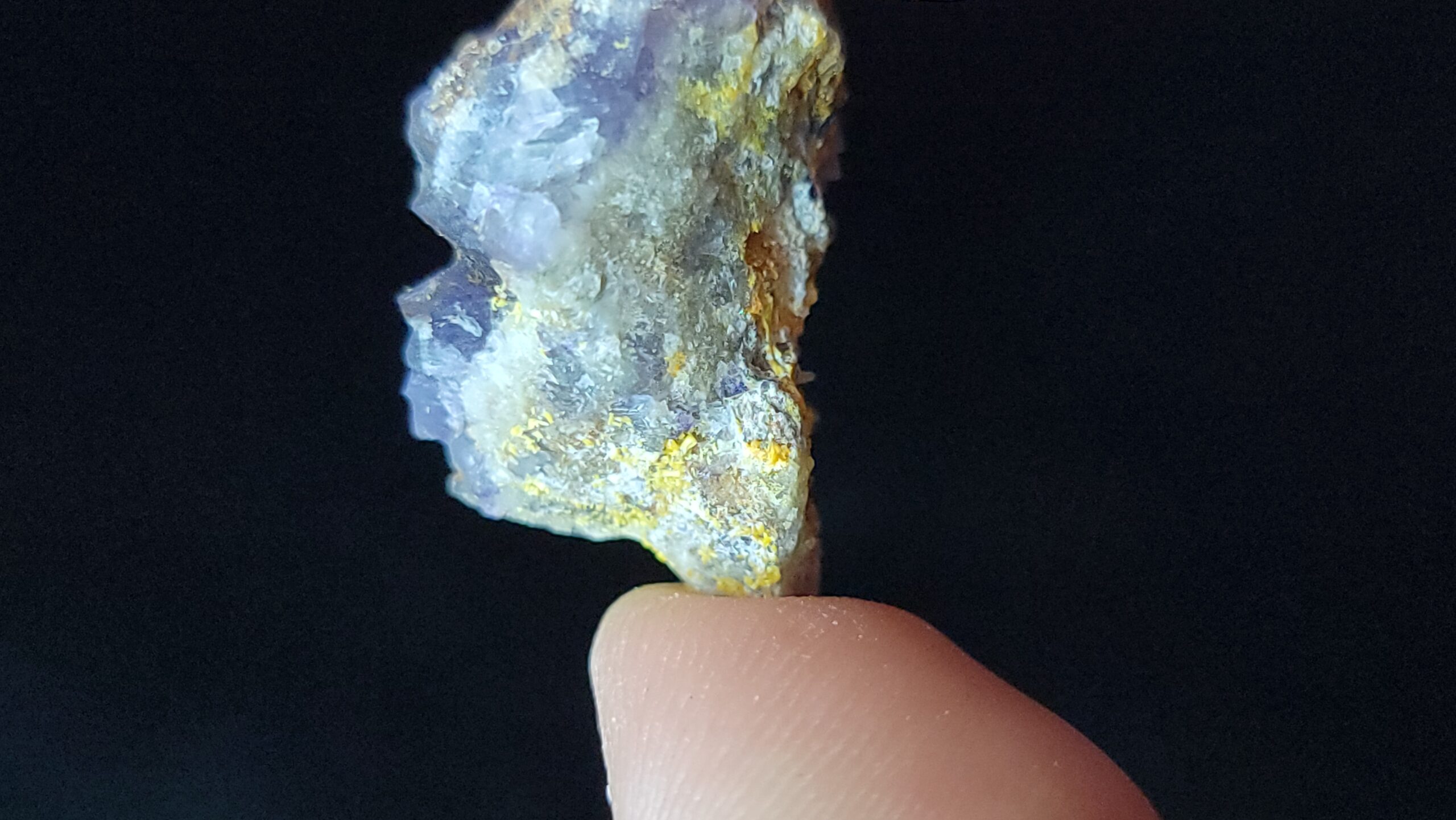






Reviews
There are no reviews yet.